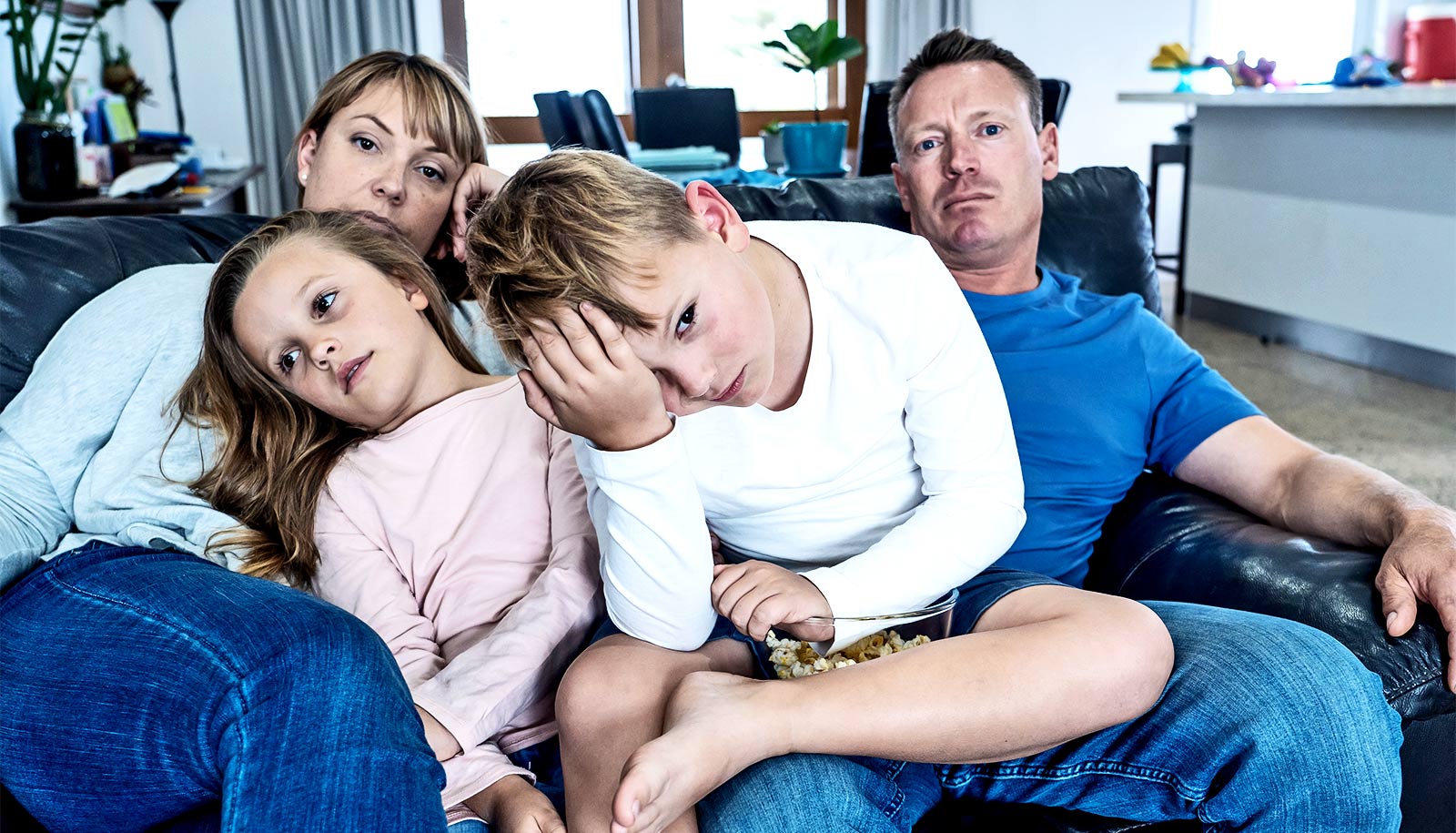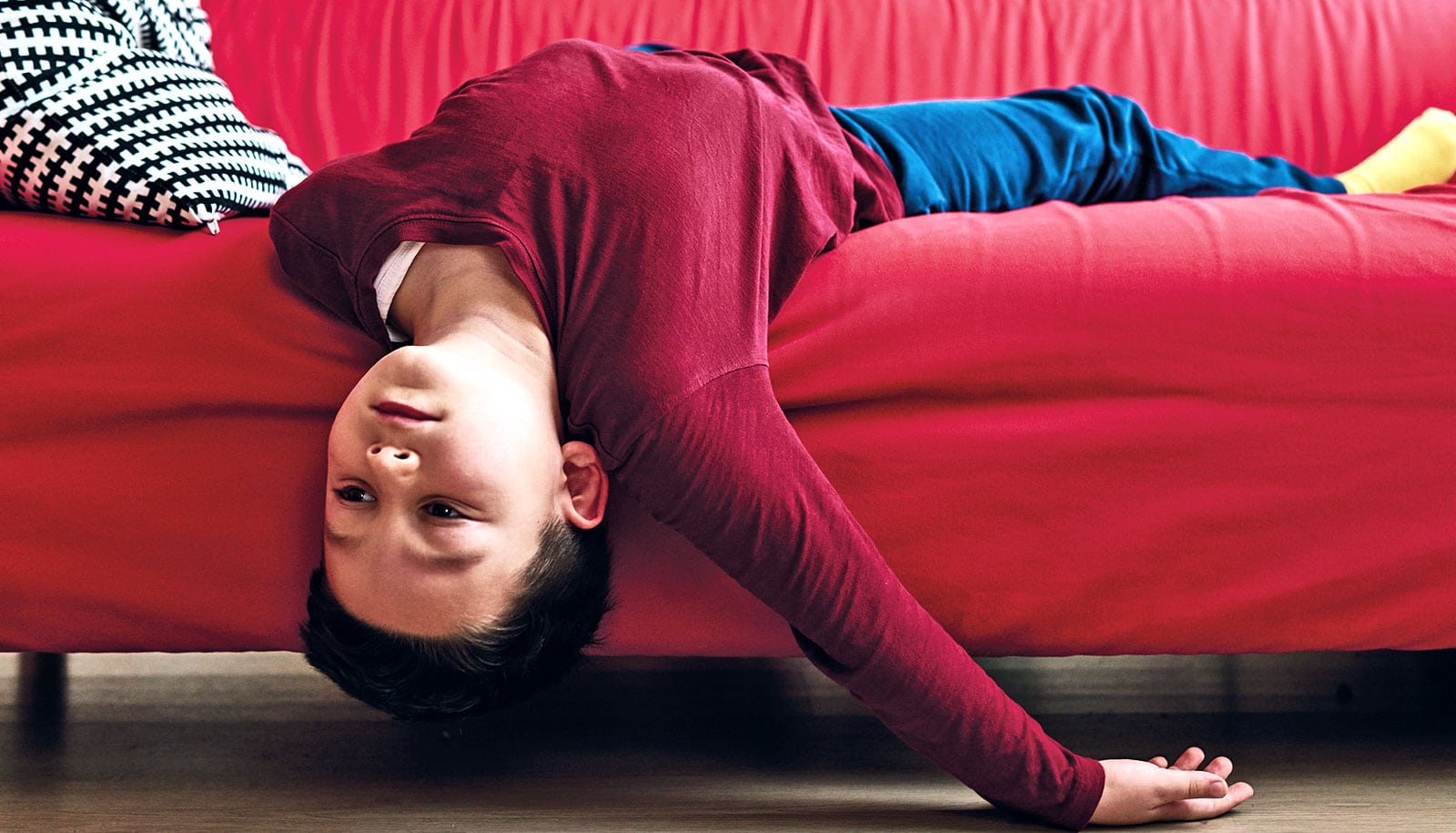One-third of children and adolescents in Switzerland experienced mental health problems during the first COVID-19 lockdown, according to a new study.
Parents and young adults also perceived considerable stress at that time, from mid-March to the end of April 2020, yet the perceived stresses differed from children and adolescents, researchers report.
For the new study, researchers examined the most common sources of stress among children, adolescents, their parents, and young adults during the COVID-19 lockdowns, using representative samples in Switzerland of 1,627 young adults aged 19 to 24 as well as 1,146 children and adolescents between the ages of 12 and 17 and their parents.
Loneliness, depression, and anxiety
“Uncertainty during last year’s lockdown was considerable and had a negative impact on mental health,” says Meichun Mohler-Kuo, professor at the University Hospital of Psychiatry Zurich (PUK) and La Source.
Children and adolescents felt most stressed during the COVID-19 lockdown by having to change, postpone, or cancel important plans or events and being unable to participate in social activities and normal routines during leisure time and at school.
The main sources of stress for adults involved not knowing when the pandemic would end, coping with the massive disruptions to social life, and having to reorganize work and family life.
The study found that many young adults, and young women in particular, experienced symptoms of mental illness during the first lockdown. More than half (54%) of young women and 38% of young men reported mild to severe symptoms of depression. Almost half of young women (47%) and one-third (33%) of young men experienced mild to severe anxiety.
“In general, these results are quite similar to the results from a representative study carried out in 2018,” Mohler-Kuo says. “It’s notable, however, that monthly risky alcohol use decreased dramatically during lockdown, from 34% to 21%. This decrease was more pronounced in women than in men.”
Screen time during COVID-19 lockdown
Overall, more than one-third of the children and adolescents screened positive for one of the mental health problems assessed in the study. More than 20% of boys and girls showed symptoms related to attention deficit hyperactivity disorder (ADHD). Eighteen percent of girls and 11% of boys displayed unruly and angry behavior and thus symptoms of what is known as oppositional defiant disorder (ODD).
“This came as a surprise, since these symptoms had previously been observed less frequently overall, but significantly more often in boys than in girls,” says Susanne Walitza, last author of the study. In addition, 14% of girls and 13% of boys experienced anxiety symptoms, while symptoms of depression were reported by 10% (girls) and 5% (boys).
“Our findings show that children and adolescents are particularly at risk of developing mental disorders,” Walitza says.
For both children/adolescents and young adults, the median time spent on the internet per day was 240 minutes during lockdown. More than 40% of men and 35% of women used the internet for more than 4 hours per day, while about 8% of children, adolescents, and young adults were online for more than 6 hours a day. Overall, 30% of children and 21% of young adults met the criteria for problematic internet use.
The findings demonstrate how important it is to maintain routines, schedules, social contacts, and support structures during lockdown. The authors of the study recommend that health and education authorities should provide more support to institutions, such as kindergartens, schools, and sports organizations, to avoid the detriments of lockdowns.
The study appears in the International Journal of Environmental Research and Public Health.
Source: University of Zurich



